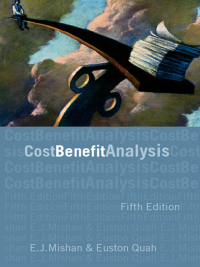

Huron Company produces a commercial cleaning compound known as Zoom. The direct materials and direct labour standards for one unit of Zoom follow: Standard Quantity Or Route 4.30 kilograma 0.41 hour 0.41 hour Direct materials Direct labor Variable overhead Standard Price or Rate 5 1.60 per kilogram $10.00 per hour $ 1.60 per hour Standard Cost 57.74 4.10 The budgeted fixed overhead cost is $15,605 per month. The denominator activity level of the allocation base is 902 direct labour- hours. During the most recent month, the following activity was recorded: a. 9,200 kilograms of material were purchased at a cost of $2.20 per kilogram b. All of the material purchased was used to produce 2.200 units of Zoom. c. A total of 840 hours of direct labour time was recorded at a total labour cost of 9,324 d. The variable overhead cost was $1680, and the fixed overhead cost was $17.923. Required: 1. Compute the direct materials price and quantity variances for the month (Indicate the effect of each variance by selecting "F" for favourable. "U" for unfavourable, and "None" for no effectie, zero variance).) Materials price variance Materiais quantity variance s $ 3.680 (460) 2. Compute the direct labour rate and efficiency variances for the month. (Indicate the effect of each variance by selecting "F" for favourable, "U" for unfavourable, and "None" for no effect (le, zero variance).) Labour rate variance Labour efficiency variance a. Compute the variable overhead spending and efficiency variances for the month.(Indicate the effect of each variance by selecting "F" for favourable, "U" for unfavourable, and "None" for no effect (... zero variance), Round "Efficiency variance" to 2 decimal places.) Variable overhead spending variance Variable overhead eficiency variance 4. Compute the fixed overhead budget and the volume variances for the month. (Round intermediate calculations to the nearest whole dollar amount. Indicate the effect of each variance by selecting "F" for favourable, "U" for unfavourable, and "None" for no effect flie., zero variance):) Fixed overhead budget variance Fixed overhead volume variance 5. Compute the underapplied or overapplied overhead for the month. (Round intermediate calculations and round final answer to 2 decimal places. Indicate the effect of each variance by selecting "F* for favourable. "U" for unfavourable, and "None" for no effect (1.e., zero variance).) Total variable overhead Variance Totalfixed overhead variance 5. Compute the underapplied or overapplied overhead for the month. (Round intermediate calculations and round final answer to 2 1.e., zero variance) decimal places. Indicate the effect of each variance by selecting "P" for favourable, "U" for unfavourable, and "None" for no effect Total variable overhead variance Total fixed overhead variance overhead is










